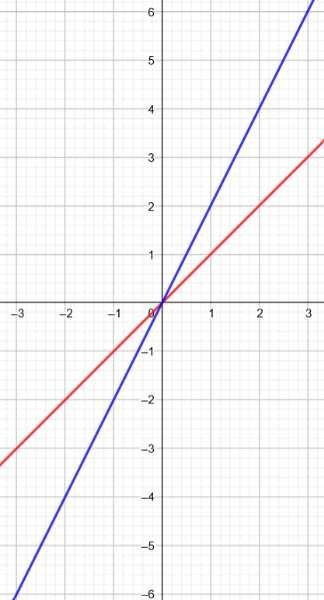30. The cubic curve y = x^3 + ax^2 + bx + c passes through the point (1,3) and has tangent line y = x - 2 at the point (0,-2). What are the values of a, b, and c?
From Quiz The Tangent Line
Answer:
a = 3, b = 1, c = -2
We know the point (1,3) lies on the curve, so putting x = 1 and y = 3 gives:
3 = 1 + a + b + c
a + b + c = 2
Next, we know that (0,-2) lies on the curve, so putting x = 0 and y = -2 gives:
-2 = c
Substituting c = -2 above gives a + b - 2 = 2 or a + b = 4. We need one more equation. The derivative gives the slope of the tangent line:
dy/dx = 3x^2 + 2ax + b
Evaluating this at x = 0 gives b. But the slope of the tangent line y = x - 2 is 1. Thus b = 1. Substituting b = 1 into the equation a + b = 4 gives a = 3.
 Throw away your instinctive fear of the words "math" and "calculus" as we explore the intuition and common sense behind calculus in a way that requires no calculation and no previous calculus knowledge. (Remember: you can click on images to zoom in!)
Throw away your instinctive fear of the words "math" and "calculus" as we explore the intuition and common sense behind calculus in a way that requires no calculation and no previous calculus knowledge. (Remember: you can click on images to zoom in!) 





 = Top 5% Rated Quiz,
= Top 5% Rated Quiz,
 Top 10% Rated Quiz,
Top 10% Rated Quiz,